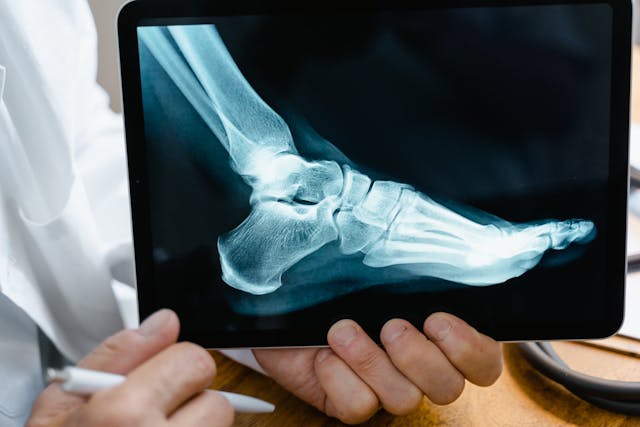Foot health is a big part of maintaining an active and comfortable lifestyle, but certain conditions may require intervention beyond basic care. When foot problems become severe or chronic, surgery might be an option to restore mobility and alleviate discomfort. It could be helpful to start exploring some of the most common foot surgery procedures and what they involve.
Understanding Foot Surgery
Foot surgery is often considered when non-invasive treatments such as orthotics, physical therapy, or medication fail to resolve issues effectively. This surgery aims to correct structural problems, alleviate pain, and improve overall function. Consulting a qualified podiatrist or orthopedic specialist is needed to determine if surgery is the right course of action based on the severity of your condition and overall health.
Top Foot Surgery Procedures
Several foot surgeries address a variety of problems. Here are some of the most common procedures:
- Bunionectomy: A bunionectomy removes a bunion, an enlarged joint at the base of the big toe. Bunions can cause pain, swelling, and difficulty wearing shoes. Surgeons realign the joint and remove excess bone or tissue during the procedure. Recovery typically takes several weeks, with gradual improvement over time.
- Hammertoe Correction: Hammertoe occurs when a toe becomes permanently bent at its middle joint, causing discomfort and difficulty walking. This procedure involves adjusting the tendons, ligaments, or bones to straighten the toe and ease the discomfort. Depending on the correction required, full recovery may take several weeks.
- Plantar Fasciitis Release: Plantar fasciitis is when the tissue connecting the heel to the toes becomes inflamed, leading to sharp heel pain. A surgical release involves making small incisions to reduce tension in the tissue and relieve pain. Minimally invasive options are available for quicker recovery, often requiring only a few weeks.
- Ankle Fusion: Ankle fusion, also known as arthrodesis, treats severe arthritis or chronic instability in the ankle joint. This procedure fuses the bones of the ankle into a single unit to eliminate pain caused by movement. While it reduces mobility in the joint, it significantly improves stability and long-term functionality.
- Achilles Tendon Repair: The Achilles tendon, which connects the calf muscle to the heel bone, can sometimes overstretch or tear due to injury. Surgical repair involves stitching the tendon back together to restore strength and function. Recovery often includes physical therapy and can take several months.
Benefits and Risks
Foot surgery can significantly improve mobility and quality of life, especially for those with chronic conditions or severe discomfort. The benefits often include pain relief, restoration of function, and more effective engagement in everyday activities. It may be helpful to understand that all surgeries come with risks. Potential complications include infection, blood clots, or delayed healing. A thorough discussion with a medical professional can help you weigh the benefits against the risks and make an informed decision.
Taking the First Step Toward Foot Health
Foot surgery can address a wide range of issues, from structural deformities like hammertoes and bunions to conditions affecting tendons or joints. Each procedure aims to improve mobility and relieve pain, helping people return to their normal activities. If you have persistent foot problems, consulting a healthcare provider is a key first step.

